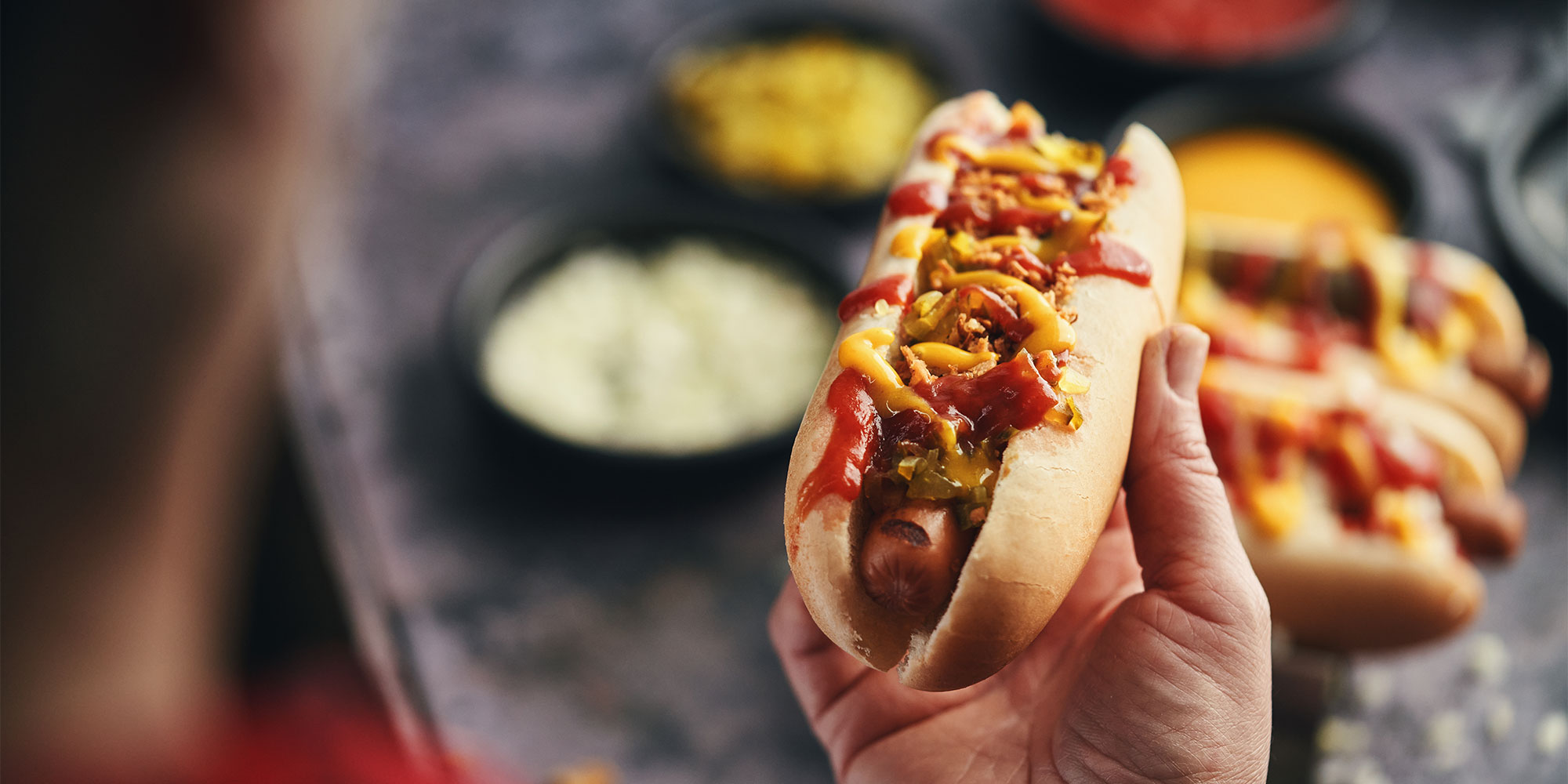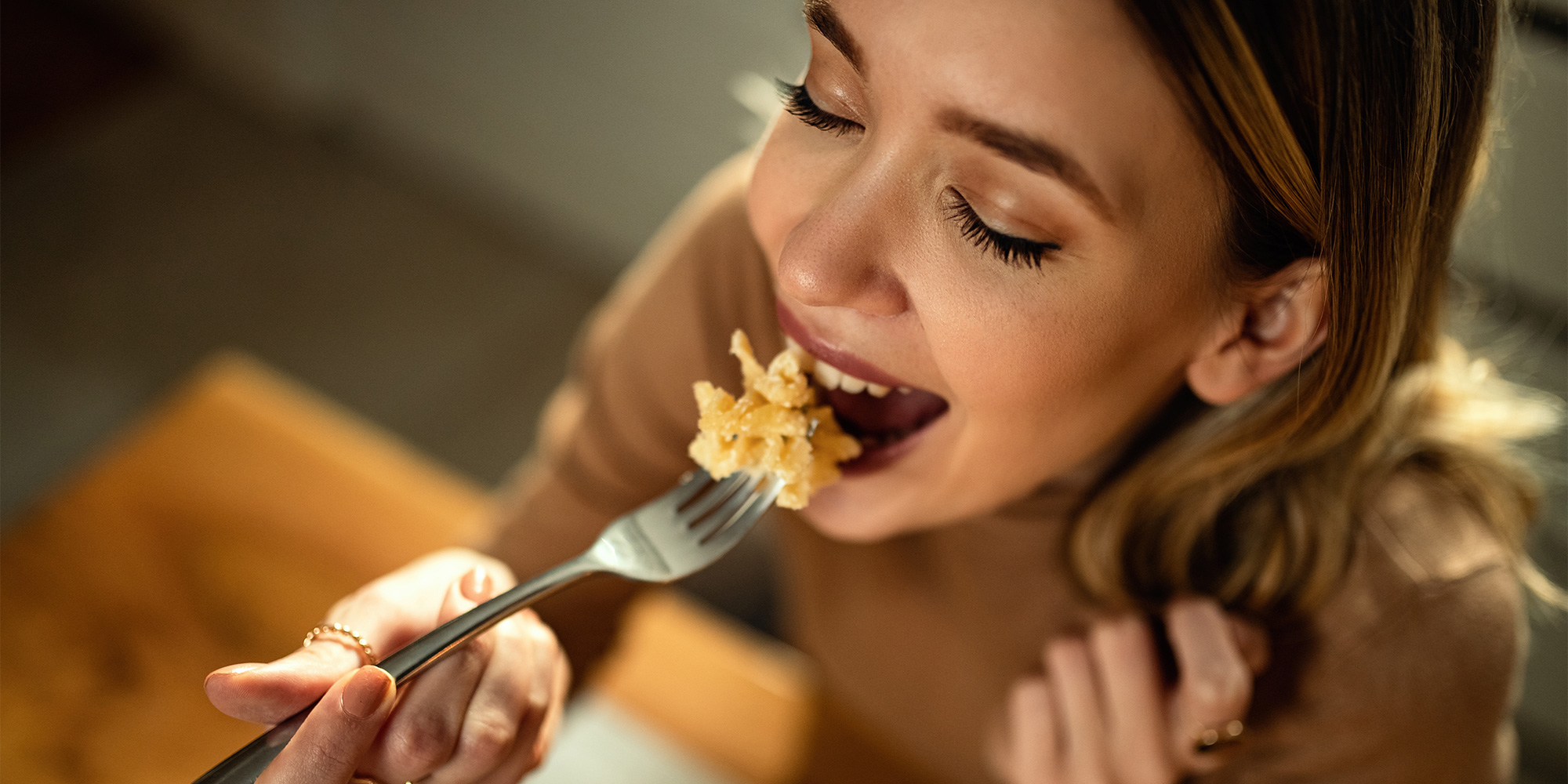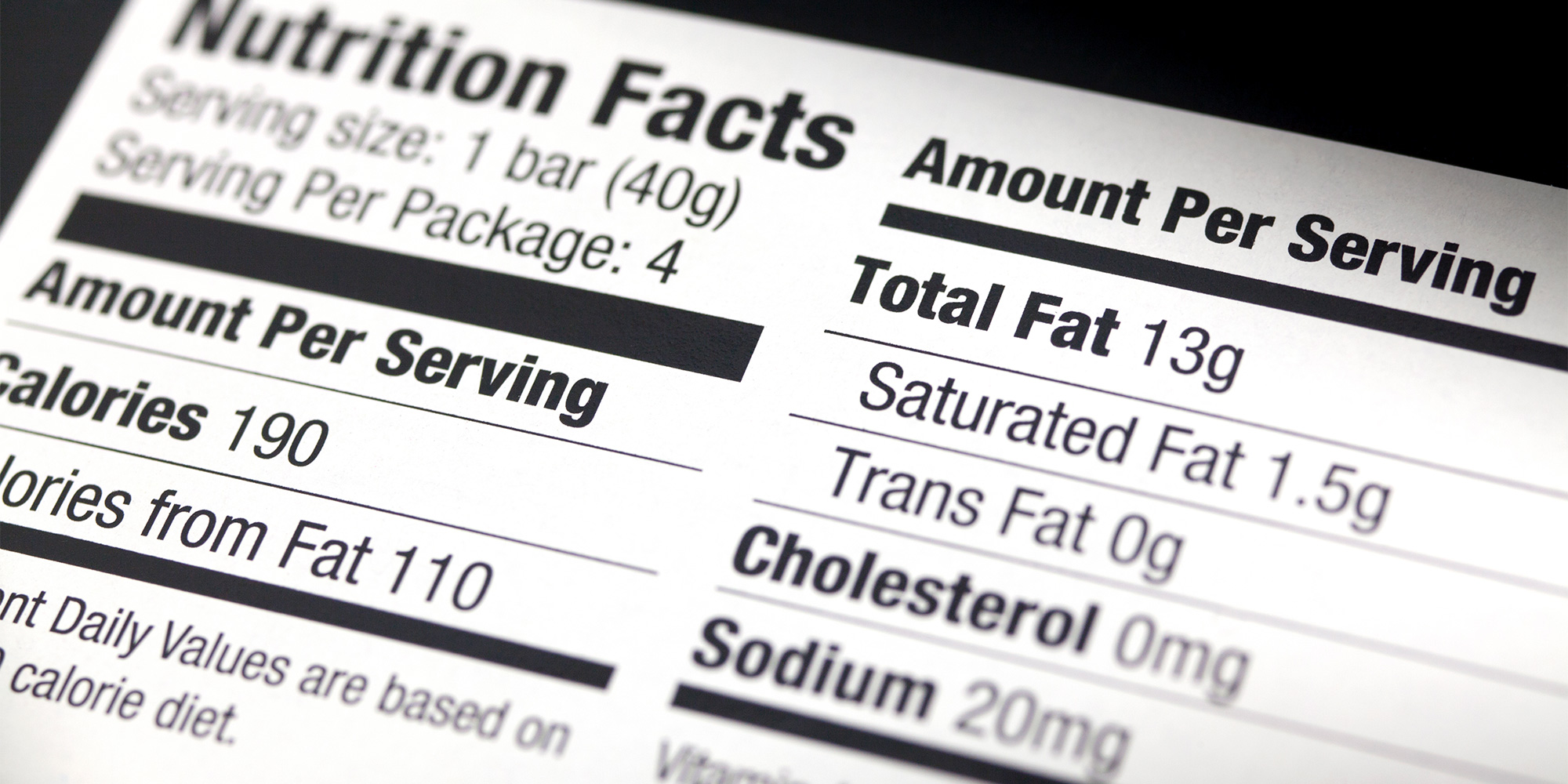
Healthy living
Use our expert advice and recommendations to live your best life every day.
Get startedBy clicking a retailer link you consent to third-party cookies that track your onward journey. This enables W? to receive an affiliate commission if you make a purchase, which supports our mission to be the UK's consumer champion.

While many of us rely on calorie information to judge whether a food is 'good' or 'bad', those simple figures miss much of what really shapes health and appetite.
To explore the relationship between calorie counts and what your body actually absorbs, we reached out to Giles Yeo, a professor at the University of Cambridge and one of the world's leading experts on body weight and appetite.
For 30 years, Giles has been studying how our brains control food intake and has authored two books on the subject: 'Gene Eating, The Story of Human Appetite' and 'Why Calories Don’t Count'.

'Calories on a food label are only part of a much broader way we should be thinking about food and how it affects our weight.
'The number of calories we can actually extract from a food is not equal to the total amount in the food. We absorb differing amounts of calories from proteins, carbohydrates and fats – even if the number for all three on your food label is the same.
'In a world where the vast burden of non-communicable illnesses (those that can't be spread from person to person) is diet-related, we need to have a better understanding of the quality of our food.'
Professor Giles Yeo MBE, professor at the University of Cambridge and honorary president of the British Dietetic Association
'I spent much of my formative years in the San Francisco Bay Area, during which time I became a huge fan of American sports. The San Francisco Giants are the city’s baseball team, and they play at Oracle Park, right on the water just a couple of blocks south of the Bay Bridge on King Street between 2nd and 3rd.
'Baseball is a summer sport, with each game lasting more than three hours. There’s a whole lot of nothing happening, punctuated by brief bursts of intense activity. So what do people do with all that time in the hot sunshine? Well, there is beer to be consumed, and, of course, many food choices to be made.
'Throughout much of the 20th century, the options were limited to highly calorific classics such as hot dogs, burgers and the occasional giant pretzel with mustard. In the 1980s and 90s, nachos arrived, and we couldn’t get enough of that cheese which stays liquid at room temperature, piled with chopped jalapeños.

'Nowadays the choice is endless, and ballpark visitors looking for a fast food fix can check exactly what’s on offer before a game through ‘The Most Insanely Unhealthy Stadium Foods Ever Invented’. It helpfully includes calorie information, but how useful is that?
'Well, that calorie information lets you know that at PNC Park in Pittsburgh, Pennsylvania, where the Pirates play, you can pick up a brunch burger: a beef patty with bacon, a fried egg and cheddar cheese served between a doughnut topped with sugar sprinkles. It also tells you that this will set the waistline back by 900 calories.
'At the Great American Ball Park in Cincinnati, Ohio, where the Reds play, you can pick up a ‘meat lover's hot dog’. It’s a quarter-pound dog wrapped in bacon, deep fried and topped with beef chilli, cheese and fried salami. The calorie count for this single sandwich is 1,400.
'As you wipe the drool off your face, here’s a question. Do you think the 1,400-calorie 'meat-lover's hot dog' is worse for you than the 'brunch burger', which comes in at a slender-by-comparison 900 calories? If you’re someone who counts calories, the answer is, of course, yes: 500 calories worse, clearly.
'But actually, that's not the case. To understand why, we need to delve into the world of nutrition science, so strap yourself in.'
What's the best diet to help you lose weight? We explore the benefits of some of the most popular weight-loss plans in our podcast, featuring Professor Giles Yeo.
'A calorie is the amount of energy required to heat 1ml of water by 1°C at sea level. These are known as heat calories (spelt with a small c). A food Calorie (spelt with a capital C) is the amount of energy needed to heat 1 litre of water by 1°C at sea level.
'Because there are 1,000ml in a litre, a food Calorie is the same as a kilocalorie, or kcal for short. By convention, when we refer to calories, we mean Calories, kilocalories or kcals.'

'Here's the issue: the number of calories we can actually extract from a food is not the same as the total amount it contains.
'The total calorie content of food is measured using a bomb calorimeter. This is where an item of food is placed into a sealed container, highly pressurised with pure oxygen, where it is then burnt to a crisp. All the heat released during this combustion is captured by a surrounding water jacket of known volume.
'The resulting increase in water temperature is then used to calculate the heat of combustion, or the calorie content of the food.
'The number of calories we can actually extract from a food is not the same as the total amount it contains.'
'Humans, however, are not bomb calorimeters. The acidic cauldron of the stomach aside, digestion is a time consuming but relatively benign series of chemical reactions. As a result, we are only able to extract a proportion of the calories locked up in any given food.
'In the late 1880s, Wilbur Atwater of Wesleyan University in Connecticut realised this and spent much of his career trying to determine what proportion of different foods humans could digest.
'First, he calculated the heat of combustion of many different foods, fed those foods to human volunteers and then measured the heat of combustion of the resulting faeces (reflect on that next time you feel like complaining about your job). The difference in heat of combustion between the food and faeces is the number of calories that have been absorbed.
'In 1900, after a whole lot of burnt poop, Atwater presented his calculations to the world: 9kcals per gram of fat, 4kcals per gram of carbohydrates and 4kcals per gram of protein. More than 120 years on, these Atwater factors are still, broadly, the basis for how calorie counts on food packaging are derived.'

'Why? Because while Atwater took into account the fibre in food, which we can’t digest (hello sweetcorn), as well as the nitrogen extracted from protein and secreted as urea in our urine, he never took into account the heat given off during metabolism. This is known as diet-induced thermogenesis and is the significant energy cost of converting amino acids, fatty acids and glucose – the building blocks of protein, fat and carbohydrates – into the energy the body uses.
'Protein has a caloric availability of 70%, meaning that for every 100kcals of protein that reach the bloodstream, we are only able to use about 70kcals. The remaining 30kcals are released as heat.
'By contrast, the caloric availability of fat is around 98% and costs almost nothing in terms of heat. This efficiency makes fat ideal as our long-term fuel store.

'As for carbs, it depends on whether we are talking about the complex (90% available) or refined (95%) variety. This is one reason a calorie of protein makes you feel fuller than a calorie of fat or carbohydrate, in that order, because protein takes more energy to metabolise.
'Once we use calories as energy, they are all equal. But the amount of protein and fibre present in foods influences their caloric availability, so it does indeed matter whether a calorie comes from steak, a carrot or a doughnut.'

Use our expert advice and recommendations to live your best life every day.
Get started'Since April 2022, as part of the UK government’s obesity strategy, all restaurants and cafés with more than 250 employees have been required to display calorie information on their menus.
'However, as you now know, calories tell you how much energy a food contains, but are agnostic to its nutritional value. And while the amount of food you eat does matter, far more important, I believe, is what you eat.
'My advice is not to focus solely on the calories. Use what you now know about how the body processes food to make more informed choices.'
'How much protein or fibre does a menu item contain? How about the sugar, salt and fat content? How about added sugars vs total sugar, or saturated fat vs polyunsaturated fat? Calories do not shed light on any of these measures.
'So my advice is not to focus solely on the calories. Use what you now know about how the body processes food to make better choices.
'And by better choices, I don’t mean you need to be a puritan 24/7. It annoys me when people say to replace your chocolate bar with a banana, because sometimes life demands a banana and sometimes life demands chocolate.
‘As it takes longer to digest protein and fibre, why not choose a chocolate bar with nuts or dried fruit next time? It will make for a better chocolate bar. Or, if life demands a frozen pizza or lasagne, can you find one made with whole wheat flour for more fibre, or one with a little more meat or legumes for extra protein?
'Remember, we don’t eat calories; we eat food. And remember, too, that everything is best in moderation, including moderation.'
Discover the best probiotic supplements – we've reviewed options from brands including Boots, Holland & Barrett, Optibac and Symprove to uncover the best.